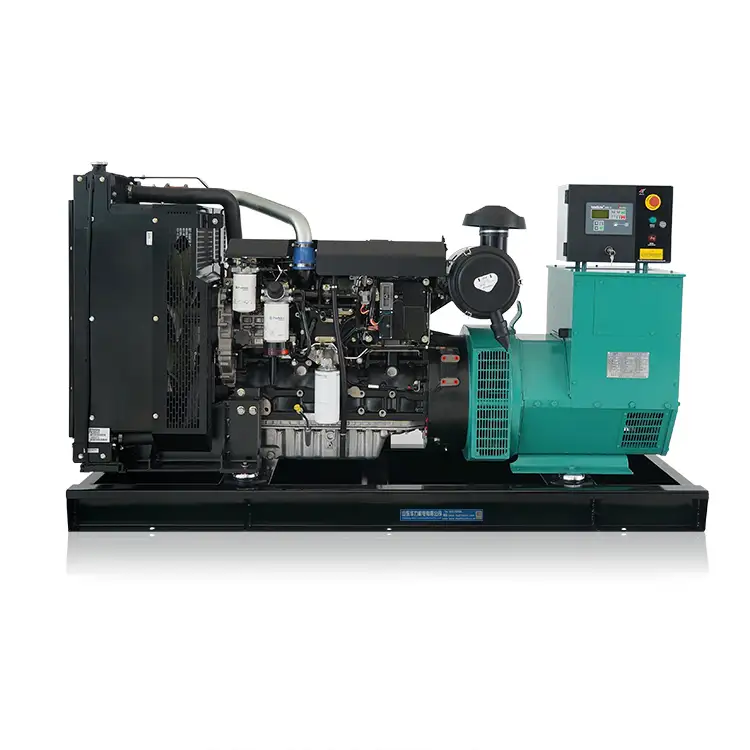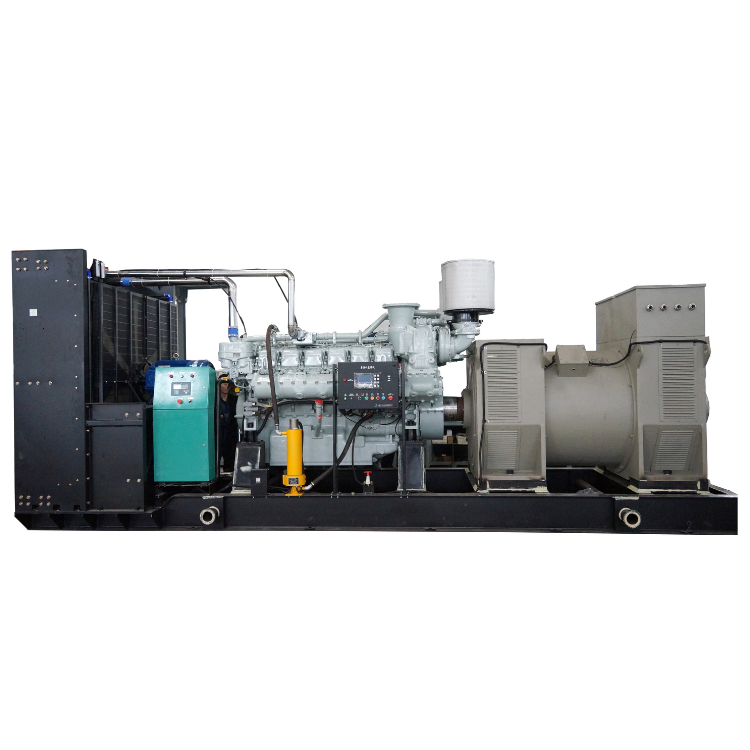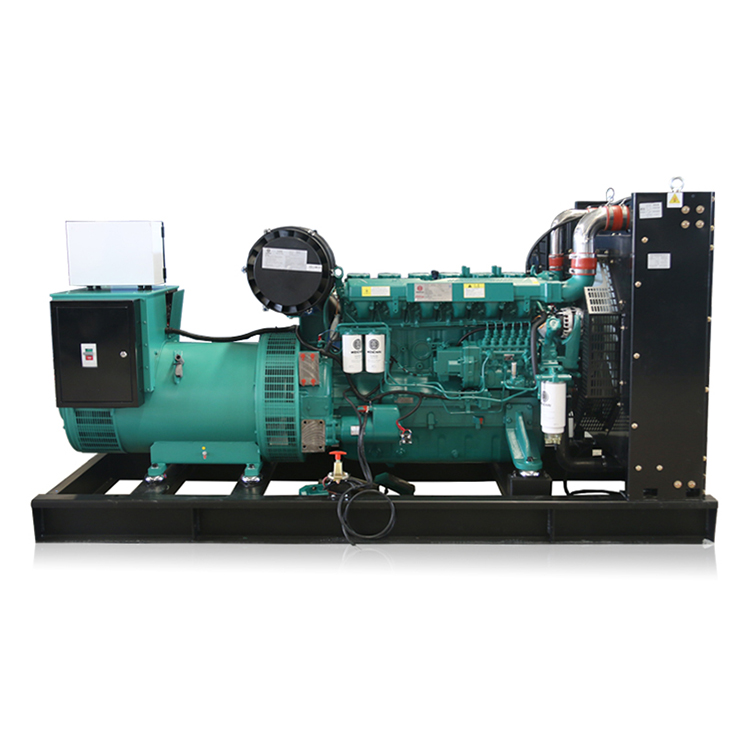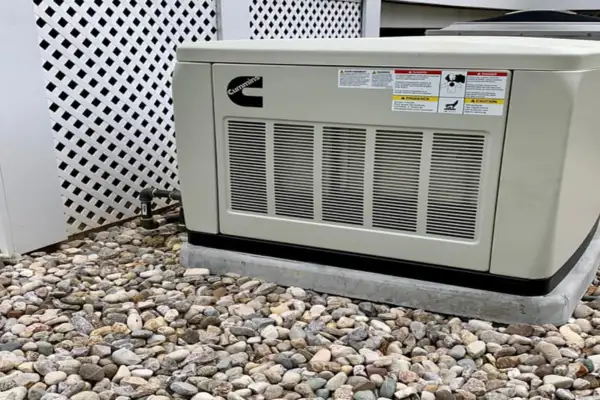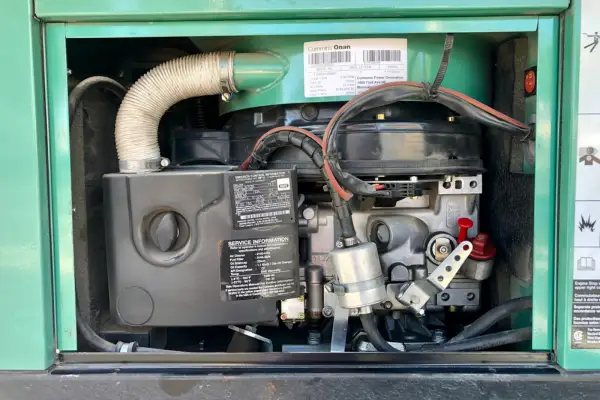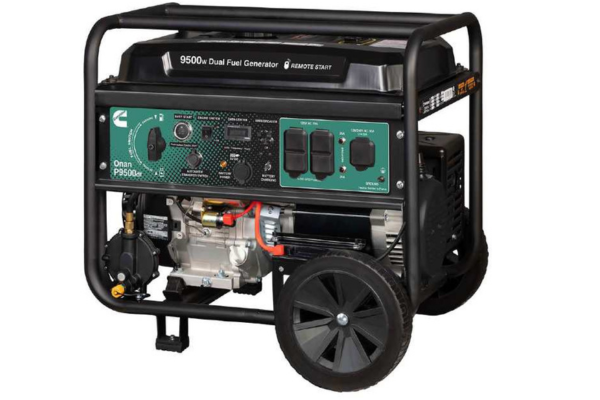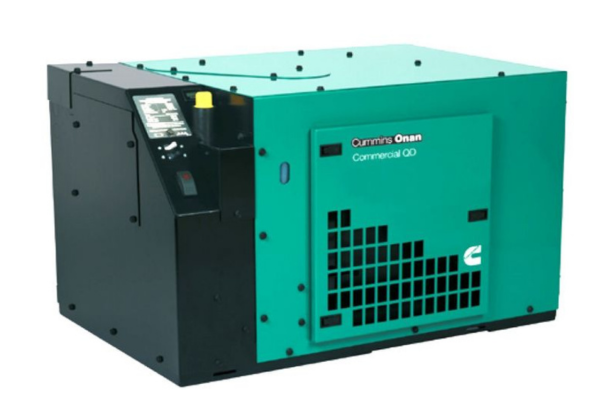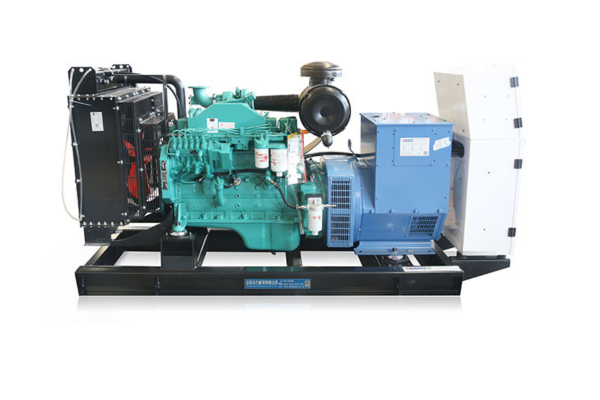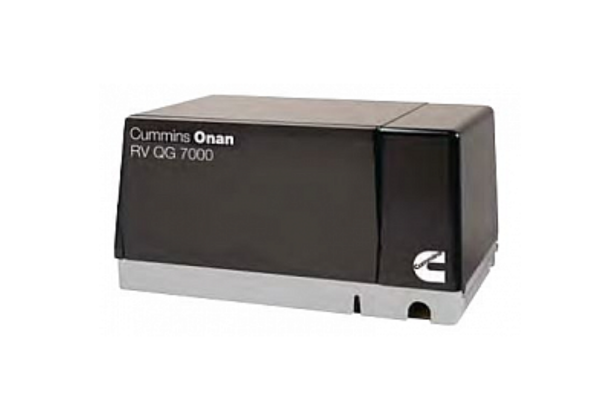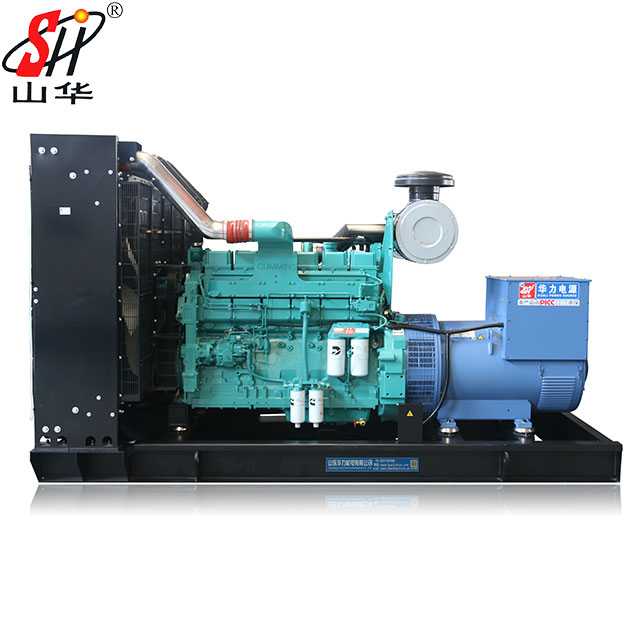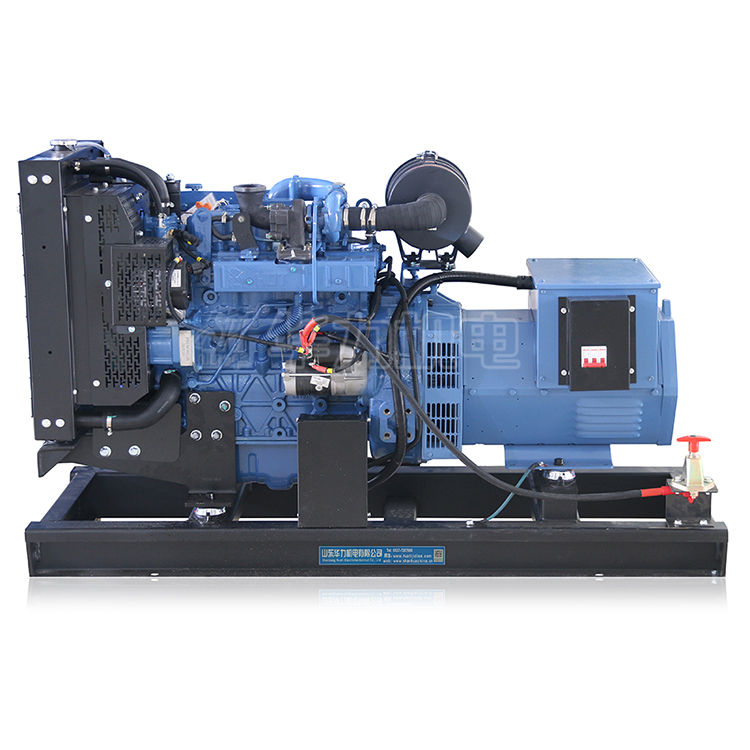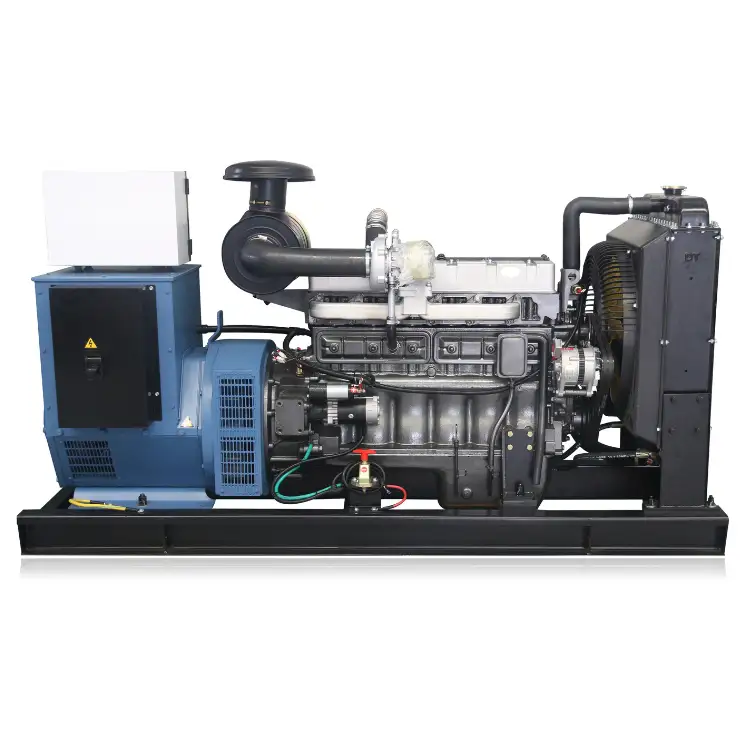Cummins Inc., founded in 1919 in Columbus, Indiana, quickly established itself as a leader in the internal combustion engine market. By the 1950s, Cummins had expanded its operations to include generators, leveraging their robust engine technologies. Today, Cummins is recognized globally not only for its reliable engines but also for its comprehensive range of generator solutions that cater to a wide variety of market needs, from residential to industrial applications.
The impact of Cummins on the generator market is significant due to its commitment to innovation, quality, and customer service. With a reputation for durability and efficiency, Cummins generators are preferred in critical sectors such as construction, healthcare, and data centers, where uninterrupted power is crucial.
Choosing the correct size for a Cummins generator is essential to meet specific energy requirements effectively without incurring unnecessary costs. Oversizing a generator can lead to unnecessary expense and inefficiency, while undersizing can result in inadequate power supply and potential damage to the generator or the devices it powers. Understanding Cummins generator sizes is crucial for optimizing performance and efficiency, ensuring that users select a generator that aligns perfectly with their power needs.
The selection process involves a detailed assessment of power requirements, considering peak and continuous load demands. It’s important to factor in not just the total wattage of all devices to be powered but also the startup surges of appliances like refrigerators and pumps, which often require more power on startup than during normal operation.
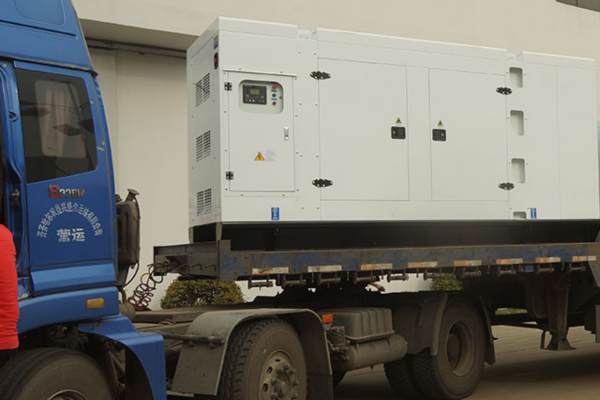
Overview of Cummins Generator Sizes
Cummins classifies its generators based on power output, which directly correlates to the engine size and the intended application of the generator. The categorization ranges from small, portable units ideal for personal or home use, to massive industrial generators designed for factories and large-scale operations. This system helps streamline the selection process for consumers by clearly defining the capabilities of each generator class.
Overview of the Range of Sizes Available, from Portable to Industrial Models
Cummins generator sizes span a wide array, ensuring there’s a suitable option for almost any requirement:
- Portable Generators: These are the smallest in the Cummins lineup, designed for easy mobility and convenience. They typically range from 2 kW to 12 kW and are ideal for outdoor recreational use, small home backup, or small business needs.
- Residential Standby Generators: Slightly larger, these generators are intended for home use during power outages. They generally range from 13 kW to 100 kW. These units are permanently installed and often run on natural gas or liquid propane.
- Commercial Standby Generators: Designed for businesses that require backup power to maintain operations during outages. These units range from 22 kW to 150 kW and are robust enough to handle larger loads.
- Industrial Generators: The largest of Cummins offerings, these generators are intended for industrial applications and can provide anywhere from 100 kW to over 1 MW of power. They are crucial for sectors where power reliability is non-negotiable, such as hospitals, data centers, and manufacturing plants.
Understanding the full spectrum of Cummins generator sizes is essential for potential buyers to make an informed decision based on their specific power needs. This ensures that all appliances and systems will operate efficiently without the risk of overloading the generator, thus securing an optimal balance between cost and functionality.
Factors to Consider Before Choosing a Generator Size
Choosing the correct Cummins generator size requires a precise understanding of your power needs. Begin by listing all the electrical appliances and systems that will need power during an outage. Each item’s wattage should be considered, and it’s crucial to account for startup surges—appliances like air conditioners, refrigerators, and pumps often require more power to start up than they do to run continuously.
To calculate your total power requirements:
- List Appliances: Note the wattage of each essential appliance or system.
- Add Additional Wattage for Startup: Include extra wattage for items with high startup power needs.
- Total Calculation: Sum the continuous and startup wattages to determine your overall power requirement.
This calculation will guide you in selecting a generator with enough capacity to handle your peak load without being overly large, which can be inefficient and costly.
Considerations for Stationary vs. Portable Generators
When deciding between a stationary or a portable Cummins generator, consider the following:
- Stationary Generators: These are permanently installed and typically powered by natural gas or propane. They are ideal for providing backup power to entire homes or commercial facilities. They turn on automatically during a power outage and can handle larger loads for a longer duration. They require professional installation and are a higher investment but offer convenience and comprehensive coverage.
- Portable Generators: These generators are smaller, less expensive, and can be moved as needed. They are suitable for powering essential items during shorter outages or for use away from home, such as camping or on job sites. They typically run on gasoline and require manual start-up and monitoring during use.
Choosing between a stationary and a portable generator often comes down to the scale of your power needs, the importance of convenience, and whether the generator is intended for regular or emergency use. For comprehensive, hands-free operation during frequent or long outages, a stationary generator is preferable. For occasional, less critical use, a portable generator might suffice.
Understanding these factors will help ensure you select a Cummins generator that not only fits your immediate power needs but also aligns with your usage patterns and installation capabilities, ensuring optimal performance and cost-efficiency.
Detailed Look at Small-Scale Cummins Generators
Small-scale Cummins generators are designed with versatility and convenience in mind, catering especially to residential and light commercial needs. These models typically range from 2 kW to 22 kW. Key features of these generators include:
- Portability and Compactness: Many small Cummins generators are portable, making them ideal for use in remote locations, on job sites, or for outdoor recreational activities. Their compact design also means they can be easily stored when not in use.
- Fuel Efficiency: Smaller generators are often more fuel-efficient because they are designed to run smaller appliances and essential household items, rather than powering an entire building.
- Ease of Use: These generators are generally easier to operate with simple control mechanisms and less complex installation requirements. They are ideal for users who need backup power without the complexities of larger systems.
Ideal uses for these small-scale generators include:
- Home Emergency Power: Providing power for essential appliances like refrigerators, sump pumps, and lights during a power outage.
- Recreational Use: Powering tools, lights, and small appliances during camping trips or outdoor events.
- Small Business Backup: Supplying power to critical business operations that require continuity during outages, such as small offices, food trucks, and workshops.
Benefits of Choosing a Smaller Generator for Residential or Light Commercial Use
Selecting a smaller Cummins generator comes with several advantages:
- Cost-Effective: They are generally less expensive not only in upfront costs but also in ongoing fuel and maintenance expenses.
- Easier Maintenance: Smaller generators are simpler to maintain due to their less complex design and smaller size, which also reduces the frequency and cost of service visits.
- Quick Setup and Mobility: Due to their portability, these generators can be quickly set up and moved as needed, providing flexibility in usage across various locations.
For households or small businesses that have moderate power needs, a small-scale Cummins generator offers a balance of functionality, ease of use, and economy. It provides sufficient power for essential tasks without the larger footprint and cost of more substantial units, making it an ideal choice for many users looking for reliability and efficiency in their backup power solutions.
Exploring Mid to Large-Scale Cummins Generators
Mid to large-scale Cummins generators are engineered to meet the rigorous demands of large commercial and industrial applications. These generators typically range from 30 kW to over 1 MW, designed to provide reliable and continuous power for extensive operations. Key features include:
- Robust Power Output: These generators deliver substantial power, capable of supporting entire buildings, manufacturing processes, or critical infrastructure during outages.
- Advanced Control Systems: Equipped with sophisticated control panels, these units offer comprehensive monitoring and management capabilities, allowing for precise control over power distribution and operational efficiency.
- Enhanced Durability: Built to endure harsh operational environments, these generators feature rugged designs that withstand extreme weather and operational conditions, ensuring long service life.
Suitable Applications for Larger Generators in Commercial and Industrial Settings
Large-scale Cummins generators are ideal for a variety of demanding environments:
- Data Centers: These facilities require uninterrupted power to maintain operations and data integrity. Cummins generators ensure that critical servers and networking equipment continue to function without disruption during power outages.
- Hospitals and Healthcare Facilities: In these settings, reliability is crucial for life-support systems and medical equipment. Cummins generators provide the necessary backup power to ensure patient safety and care continuity.
- Manufacturing and Heavy Industry: Dependable power is essential for maintaining production lines and industrial processes. Cummins’ large generators can handle the high power loads needed to keep machinery and production operations running smoothly.
The capacity to deliver high power makes these generators suitable for sectors where power failure can result in significant operational disruptions or safety risks. By ensuring a stable and reliable power supply, Cummins’ mid to large-scale generators play a crucial role in enhancing operational resilience and efficiency in various industrial applications.
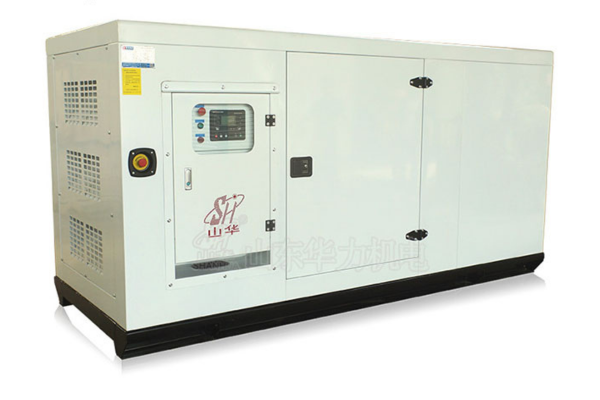
How to Match Cummins Generator Sizes with Your Power Needs
Selecting the right Cummins generator size involves a detailed evaluation of your power needs to ensure efficient and cost-effective operation. Here’s how you can match a Cummins generator to your requirements:
- Assess Total Power Demand: Sum up the wattage of all critical systems and appliances that need to be powered during an outage. Remember to consider both starting and running wattages, as some equipment, like motors and compressors, require more power to start.
- Consider Peak vs. Continuous Load: Distinguish between peak load, which is the maximum power used at any one time, and continuous load, which is the power typically used during operation. Ensure the generator can handle the peak load without tripping and can sustain the continuous load efficiently.
- Factor in Redundancy and Future Expansion: If your operations might expand or you need redundancy (backup for the backup), consider a generator size that accommodates these future needs to avoid the necessity of purchasing another unit down the road.
- Consult with Professionals: Engage a certified electrician or a consultant from Cummins to review your calculations and recommend a generator based on your specific settings. This step ensures compliance with local regulations and maximizes efficiency.
Tips for Ensuring Efficiency and Cost-Effectiveness
To ensure that your investment in a Cummins generator is both efficient and cost-effective, consider these tips:
- Efficiency Ratings: Choose a generator with high-efficiency ratings to reduce fuel consumption and operating costs.
- Load Management: Implement load management strategies to operate the generator at optimal levels, which can extend the life of the generator and reduce wear.
- Regular Maintenance: Adhere to a strict maintenance schedule to ensure the generator operates at peak efficiency. Regular checks and servicing can prevent costly repairs and downtime.
By carefully matching a Cummins generator to your power needs, you ensure that the generator not only meets your current requirements but also operates efficiently, saving on operational costs and ensuring reliability when it matters most. This approach not only secures your power supply but also optimizes the investment in your backup power infrastructure.
The Future of Cummins Generators
Cummins has consistently been at the forefront of innovation in the generator industry, pushing the boundaries of what is possible in power generation technology. As environmental concerns and energy efficiency continue to gain importance, Cummins is focusing on developing generators that are not only more powerful but also more sustainable. Recent advancements include:
- Increased Fuel Efficiency: Cummins is continually working to improve the fuel efficiency of their generators. This involves refining engine designs to reduce fuel consumption while maintaining or enhancing performance.
- Integration of Renewable Energy Sources: There is a growing emphasis on hybrid systems that combine diesel generators with renewable energy sources such as solar or wind. These hybrid systems aim to reduce reliance on fossil fuels and lower carbon emissions.
- Advancements in Battery Technology: Cummins is exploring the use of advanced battery storage solutions to complement traditional generator sets. These batteries can store excess power generated during low-demand periods and then supply it during peak demand, improving overall energy management.
Trends Affecting the Future Design and Functionality of Generators
Several trends are shaping the future of generator design and functionality, including:
- Regulatory Changes: As governments worldwide tighten regulations on emissions and noise, Cummins is investing in technology to meet these new standards without compromising power or efficiency.
- Digitalization and Smart Technology: The use of smart, connected technologies is becoming standard. Cummins generators are increasingly equipped with IoT capabilities for remote monitoring and management, which enhances efficiency, facilitates predictive maintenance, and minimizes downtime.
- Demand for Versatility: The market is seeing a rise in demand for generators that are versatile and adaptable to various environments and applications. This includes portable units that can be easily moved between locations and modular systems that can be scaled up or down depending on power needs.
The ongoing innovations and trends in the industry highlight Cummins’ commitment to providing cutting-edge power solutions that are efficient, reliable, and aligned with global sustainability goals. As Cummins continues to innovate, its generators are set to become even more integral to global energy solutions, offering enhanced performance with reduced environmental impact.
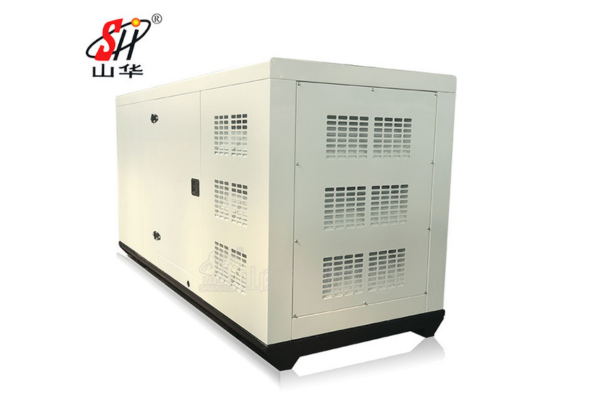
FAQs: Common Questions About Cummins Generator Sizes
What are the typical size ranges for Cummins generators? Cummins offers a broad range of generator sizes to suit various applications, from portable units for small-scale needs starting around 2 kW to large industrial models that exceed 1 MW of power. This range ensures solutions for residential, commercial, and industrial uses, catering to different power requirements.
How do I determine the right Cummins generator size for my needs? To determine the appropriate generator size, you should calculate the total wattage of all devices you plan to power during an outage. Consider both starting and running wattages, especially for appliances with high initial power draw. Cummins also offers tools and consultations to help with these assessments, ensuring you choose the most efficient generator for your needs.
Can a Cummins generator power a whole house? Yes, Cummins offers residential standby generators capable of powering an entire house. Sizes typically start around 13 kW and can go up to 100 kW or more, depending on the house’s size and power requirements. These generators provide reliable power to keep essential appliances and systems running during an outage.
What fuel types are available for Cummins generators? Cummins generators are available in various fuel types including diesel, natural gas, and propane. The choice depends on the availability of the fuel type in your area and specific power needs. Each fuel type has its benefits, such as diesel’s energy density and natural gas’s convenience and cleanliness.
Are Cummins generators energy-efficient? Cummins is committed to energy efficiency and environmental sustainability. Their newer models are designed with advanced technologies to improve fuel efficiency and reduce emissions. Additionally, Cummins continues to innovate with developments in hybrid technologies and renewable energy integrations.
References
Cummins Generator Sets | Fully Integrated Power – This resource offers an overview of Cummins’ wide range of generator sets, highlighting their versatility in power solutions from 15 to 3,750 kVA. The page provides insights into the integration of different fuel types and innovative technologies in Cummins generators.
Home Generator Sizing Calculator | Size Your Whole House Generator Today – Cummins provides a practical tool for estimating the appropriate generator size based on your specific needs. This calculator takes into account various factors like square footage and essential units within your home.
Cummins Power Generation | Generators and Power Systems – This page delves into Cummins’ capabilities to provide reliable power systems for various critical and industrial applications. It discusses the comprehensive range of Cummins products designed for different sectors, ensuring you find a solution that matches your needs.
C1250D6E / C1500D6E CENTUM SERIES – Cummins Powered Generators – This specific series by Cummins focuses on providing flexible, efficient, and sustainable power solutions, highlighting the use of hydrotreated vegetable oil (HVO) capable generators that significantly reduce greenhouse gas emissions.


